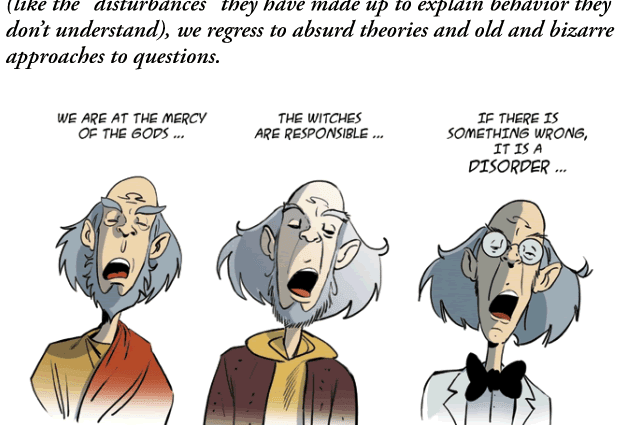Contents
Dysorthography
Dysorthography is a learning disability. As with other DYS disorders, speech therapy is the main treatment to help the child with dysorthography.
Dysorthography, what is it?
Definition
Dysorthography is a lasting learning disability characterized by a significant and lasting lack of assimilation of spelling rules.
It is often associated with dyslexia but can also exist in isolation. Together, dyslexia and dysorthography form the specific disorder in the acquisition of written language, called dyslexia-dysorthography.
Causes
Dysorthography is most often the consequence of a learning disability (dyslexia for example). Like dyslexia, this disorder is neurological and hereditary in origin. Children with dysorthography have cognitive deficits. The first is phonological: children with dysorthography would have lower phonological and linguistic skills than other children. The second is that of a visuotemporal dysfunction: children with dysorthography have difficulty perceiving movements and rapid information, visual disturbances of contrasts, jerks and anarchic eye fixations.
Diagnostic
A speech therapy assessment makes it possible to make the diagnosis of dysorthography. This includes a phonological awareness test and a visuo-attentional test. This assessment makes it possible to make the diagnosis of dys disorder but also to assess its severity. A neuropsychological evaluation can also be carried out to better determine the child’s difficulties and to set up the most suitable treatment.
The people concerned
About 5 to 8% of children have DYS disorders: dyslexia, dyspraxia, dysorthography, dyscalculia, etc. Specific learning disabilities to read and spell (dyslexia-dysorthography) represent more than 80% of learning disabilities.
Risk factors
Dysorthography has the same risk factors as other DYS disorders. This learning disability is thus favored by medical factors (prematurity, neonatal suffering), psychological or affective factors (lack of motivation), genetic factors (at the origin of an alteration of the cerebral system responsible for the assimilation of written language), hormonal factors and environmental factors (disadvantaged environment).
Symptoms of dysorthography
Dysorthography is manifested by several signs which can be grouped into several categories. The main signs are slow, irregular, clumsy writing.
Difficulties in phoneme and grapheme conversion
The dysorthographic child has difficulty associating a grapheme with a sound. This is manifested by confusion between close sounds, an inversion of letters, a substitution of a word by a neighboring word, errors in copying the words.
Semantic control disorders
Semantic failure results in an inability to memorize words and their use. This results in homophone errors (worms, green …) and cutting errors (unabit for a suit for example …)
Morphosyntactic disorders
Children with dysorthography confuse grammatical categories and have difficulty using syntactic markers (gender, number, suffix, pronoun, etc.)
A deficit in the assimilation and acquisition of spelling rules
The child with spelling has difficulty remembering the spelling of familiar and frequent words.
Treatments for dysorthography
The treatment is mainly based on speech therapy, prolonged and ideally planned. This does not cure but it helps the child to compensate for his deficits.
Speech therapy rehabilitation can be associated with rehabilitation at the graphotherapist and psychomotor therapist.
Prevent dysorthography
Dysorthography cannot be prevented. On the other hand, the earlier it is detected and treated early, the greater the benefits.
Signs of dyslexia-dysorthography can be detected from kindergarten: persistent disorders of oral language, difficulties in sound analysis, handling, rhyming judgments, psychomotor disorders, attentional disorders and / or memory.










